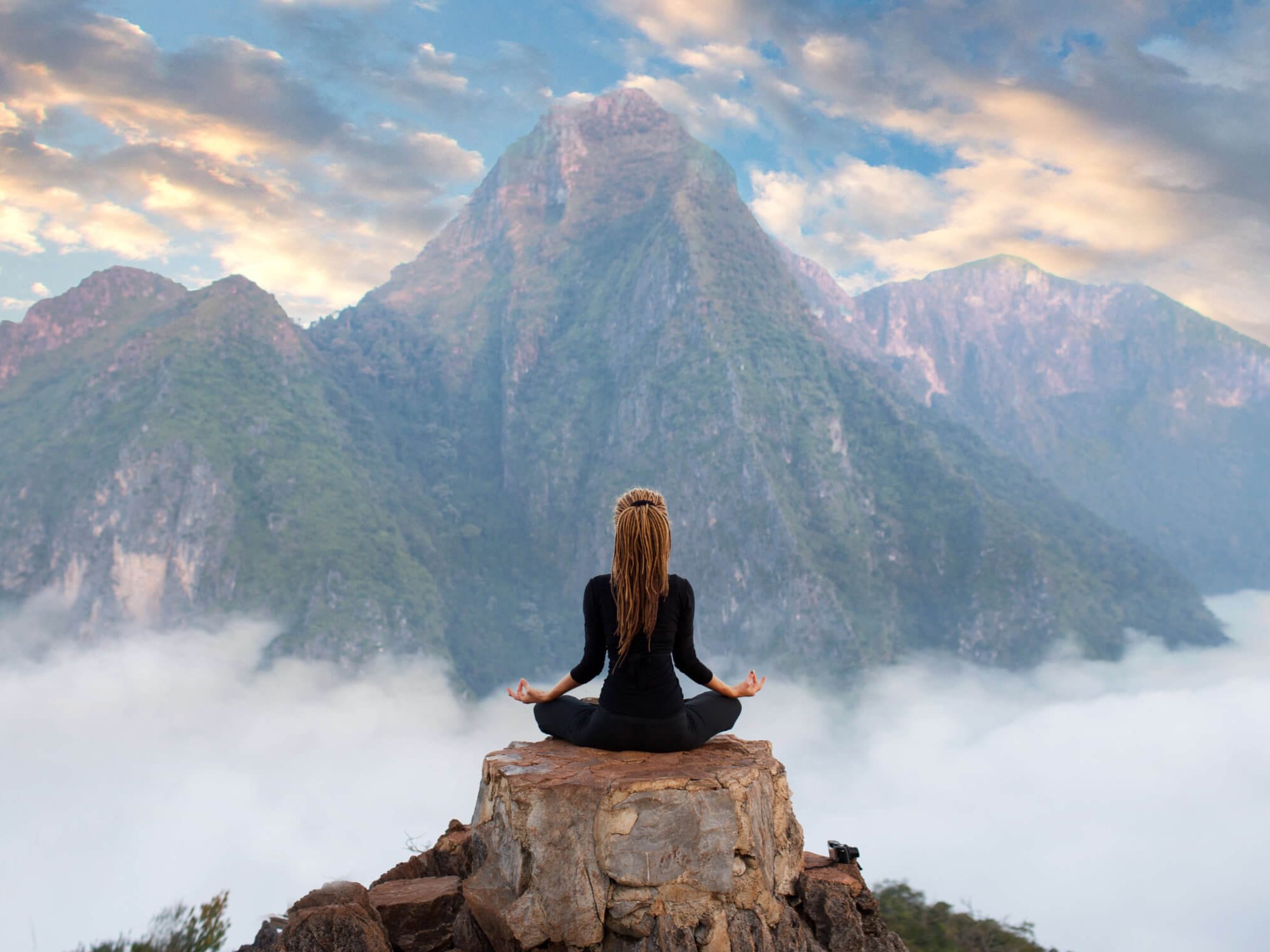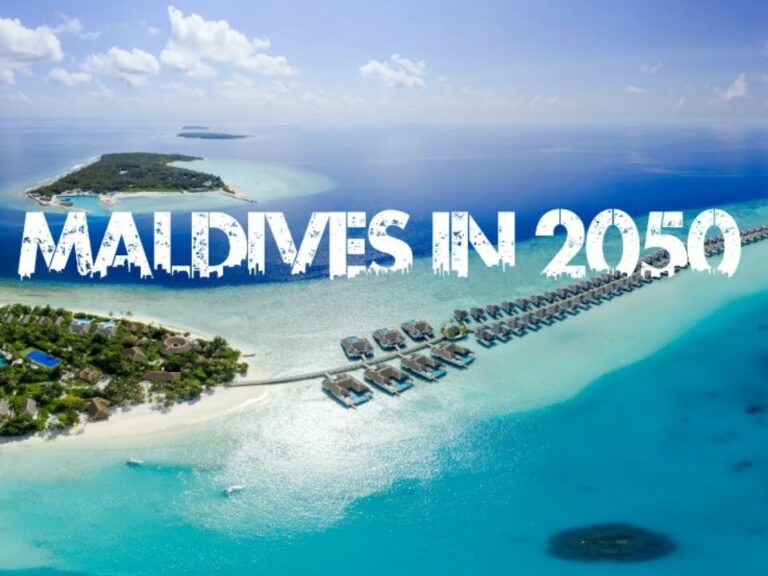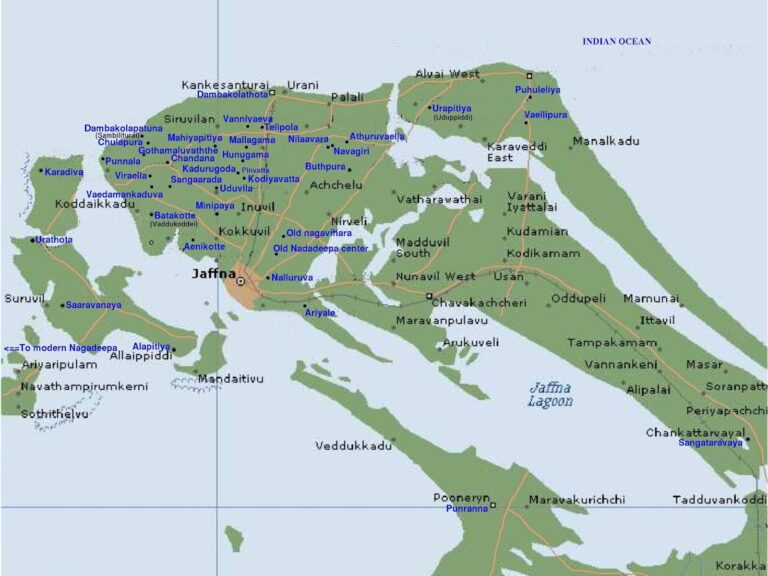From Bodhi Trees to Blockchain: Sri Lanka’s Leap into the Buddhist Metaverse

Can AI Monks and Digital Dharma Reimagine Meditation Tourism for the 21st Century?
Introduction: A New Age for an Ancient Faith
As the world searches for meaning amid technological overload and mental health crises, Buddhism—renowned for its timeless teachings on mindfulness, compassion, and impermanence—is entering a new dimension: the Metaverse. The question is no longer whether this spiritual tradition can evolve, but how Sri Lanka—one of its oldest custodians—can lead this evolution.
With the global wellness economy expected to reach USD 8.5 trillion by 2027 (Global Wellness Institute, 2023), and meditation apps already generating over USD 1.2 billion annually, Sri Lanka stands on the cusp of a transformative opportunity: building Asia’s first Buddhist Metaverse for global meditation tourism. This is not merely digital escapism—it’s a fusion of AI, VR, and the Dhamma to preserve heritage, enhance accessibility, and export tranquility to the world.
Why Now? The Convergence of Crises and Technologies
A) Global Mental Health Epidemic
- 970 million people worldwide suffer from mental health issues, with anxiety and depression topping the list (WHO, 2024).
- During COVID-19, meditation app usage spiked by 220% as people sought calm amid chaos.
B) Rising Virtual Engagement
- The Metaverse market is projected to exceed USD 900 billion by 2030 (Bloomberg Intelligence).
- Over 500 million people globally use AR/VR platforms, a trend driven by Gen Z and Millennials.
C) Sri Lanka’s Spiritual Capital Potential
- With over 2,500 years of unbroken Buddhist tradition, and iconic sites like Anuradhapura, Mihintale, and Temple of the Tooth, Sri Lanka possesses a spiritual brand with global credibility.
- Yet, only 3% of current tourists cite “spiritual experience” as a primary travel motivator to Sri Lanka (SLTDA, 2023), showing massive untapped potential.
Concept: What Is a Buddhist Metaverse?
Imagine a fully immersive virtual Anuradhapura—where a user in Boston or Berlin can walk under a sacred Bodhi tree, listen to AI-generated Pali chants from a monk avatar, or join a live streamed full moon meditation session from Ruwanwelisaya. Now combine that with blockchain-verified merit transfers, NFT donations to monasteries, and gamified Dhamma learning modules.
It is not a dilution of faith—it is a digital sanctuary.
The Core Components of Sri Lanka’s Buddhist Metaverse
The core of Sri Lanka’s envisioned Buddhist Metaverse lies in a suite of integrated digital features designed to preserve sacred traditions while enhancing global accessibility. At the heart of this ecosystem are AI Monks—multilingual avatars trained using the Pali Canon and commentarial texts, capable of offering guided meditations, answering questions, and delivering Dhamma talks with doctrinal accuracy. Supporting this are Virtual Pilgrimage Trails, where iconic sites like Anuradhapura or Mihintale are recreated in stunning high-resolution 3D, allowing users anywhere in the world to experience spiritual landmarks without stepping on a plane. The system also includes NFT Dana, a blockchain-enabled almsgiving mechanism that verifies and records donations to temples or monastics, ensuring transparency and digital merit accumulation. To support personal spiritual development, Mindfulness Metrics integrate with wearable technology to monitor emotional well-being, breath regulation, and meditation progress in real time. Finally, Metta Communities provide immersive social VR environments where global practitioners can come together for metta bhavana (loving-kindness meditation), observe sil (precepts), or engage in Dhamma discussions—fostering a sense of spiritual fellowship in the digital realm.
Global Case Studies: Precedents and Inspirations
1. Japan’s Teraverse
Japan’s Jōdo-shū temples have launched a VR temple network known as the “Teraverse,” where virtual monks conduct online memorial services and Buddhist lectures. It generated over USD 3 million in its first year through ritual services and global donations.
2. China’s Longquan Monastery AI Bot – Xian’er
Xian’er, a robotic monk developed by Beijing Longquan Monastery, interacts with users via touch-screen interface and provides teachings in Mandarin and English. Over 1 million people have interacted with it since 2017.
3. Thailand’s AR Dhamma Talks
Thailand’s Buddhist universities are incorporating Augmented Reality Dhamma sermons into their e-learning portals. These initiatives have drawn more than 300,000 global learners.
4. India’s “Digital Kumbh Mela”
During the 2021 pandemic, India digitized the sacred Kumbh Mela, allowing 5 million users to participate virtually, with avatars bathing in the Ganges via VR headsets.
5. Bhutan’s Gross National Happiness Index in the Cloud
Bhutan is exploring virtual platforms to host happiness-focused retreats and is investing in cloud-based systems to promote meditative living as a digital export.
6. Nepal’s Lumbini 360 Metaverse Project
Nepal’s Tourism Board is developing an immersive 360-degree virtual pilgrimage to Lumbini, funded partly by international donors and designed to support post-COVID recovery. It is forecasted to attract 200,000+ paying global users annually.
Why Sri Lanka Must Move Fast
A) Competitive Lag
Despite its sacred status, Sri Lanka has not yet ventured into spiritual tech at scale. India, Japan, and China are moving rapidly.
B) Revenue Diversification
- A Buddhist Metaverse can add USD 75–100 million annually in export revenue through subscriptions, virtual retreats, NFT donations, and educational platforms.
C) Youth Engagement
Over 60% of Sri Lankans under age 35 are digitally literate. Spiritual-tech fusion can re-engage them with Buddhism in a format they understand.
D) Diaspora Connection
The Sri Lankan Buddhist diaspora—over 2 million strong—is a ready market for immersive spiritual services, festivals, and hybrid Poya celebrations online.
Strategic Blueprint: Building Sri Lanka’s First Buddhist Metaverse
Phase 1: Foundation (Year 1)
- Partner with Maha Sangha and key Nikayas for doctrinal guidance.
- Digitally recreate 5 iconic Buddhist sites: Temple of the Tooth, Anuradhapura, Mihintale, Dambulla, and Jaya Sri Maha Bodhi.
- Create multilingual AI monks trained using NLP from Tripitaka and commentaries.
Phase 2: Platform Development (Year 2)
- Launch on a decentralized platform (e.g., Solana or Polygon) with NFT dana and VR access.
- Collaborate with institutions like the University of Kelaniya or Peradeniya for Dhamma validation.
- Monetize through virtual retreats, avatar customization, and partner brands (tea, incense, wellness products).
Phase 3: Global Scaling (Year 3+)
- Integrate with Oculus and Apple Vision Pro VR systems.
- Offer virtual ordination simulations, Poya observance festivals, and dhana calendar synced to user time zones.
- License Sri Lanka’s Buddhist Metaverse to global retreat centers in the USA, Australia, and Europe.
Challenges & Ethical Considerations
- Religious Authenticity: The Sangha’s leadership is critical to ensure faith is not trivialized. Governance boards of monks and scholars must oversee.
- Digital Inequality: Ensuring rural and low-income devotees can access content without expensive hardware.
- Privacy & Mind Data: Biometric and emotional data from meditation sessions must be protected per GDPR and local laws.
- Commercialization Risk: Excessive monetization may backfire—sacredness must never be reduced to a shopping cart.
Economic Impact Forecast
The projected growth of Sri Lanka’s Buddhist Metaverse outlines a compelling economic and social trajectory. In the first year alone, the platform is expected to attract around 50,000 global users, generating approximately USD 5 million in revenue and creating over 300 new jobs across tech, content development, and spiritual advisory roles. By the third year, user numbers are anticipated to climb to 250,000, with annual revenues soaring to USD 30 million and employment opportunities expanding to 1,200 positions. By the fifth year, the initiative is forecasted to surpass one million global users, generate over USD 85 million in annual revenue, and create more than 3,500 direct and indirect jobs. Alongside this growth, the number of digitally represented temples is expected to increase from 5 key sites in Year 1, to over 20 by Year 3, and eventually more than 50 sacred locations by Year 5—turning Sri Lanka’s spiritual geography into an immersive global experience.
Policy Support & National Branding
To scale this nationally, the Ministry of Technology, Ministry of Buddha Sasana, and SLTDA must co-develop a “Digital Dharma Tourism Roadmap”. This can be part of Sri Lanka’s 2025-2030 Cultural Export Strategy, alongside Cinnamon IP, Kandyan dance NFTs, and festival franchising.
Final Reflection: Sacred Innovation Is Still Sacred
This is not about worshipping through wires or replacing monks with machines. It is about removing borders without removing sanctity. About allowing a single mother in New York or a stressed student in Seoul to find peace under the digital shade of the Jaya Sri Maha Bodhi.
Sri Lanka now has the tools, the tradition, and the timing. The question is whether we have the vision.
Disclaimer
This article has been authored and published in good faith by Dr. Dharshana Weerakoon, DBA (USA), based on publicly available data, professional experience, and industry insight. It is intended solely for educational, journalistic, and public awareness purposes. The author accepts no responsibility for any misinterpretation, adaptation, or misuse of the content. Views expressed are personal and do not constitute legal or financial advice. This article complies with the Intellectual Property Act No. 52 of 1979, the ICCPR Act No. 56 of 2007, and relevant data ethics. ✍ Authored independently and organically—not AI-generated.
Further Reading: https://dharshanaweerakoon.com/las-vegas-style-casino-tourism/






